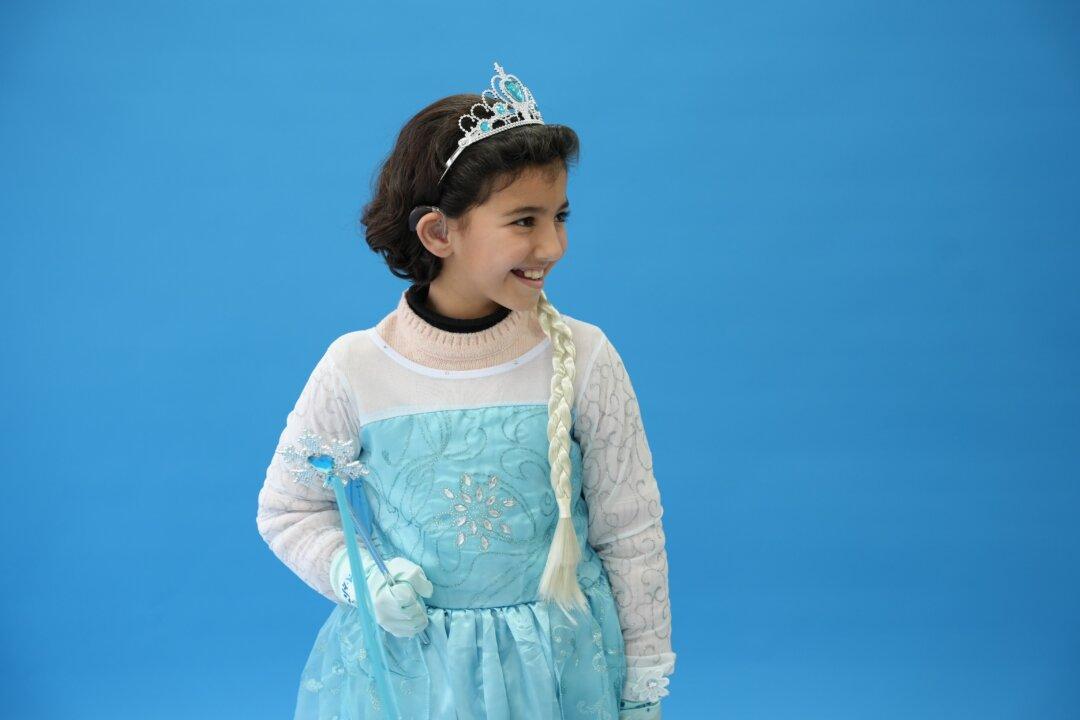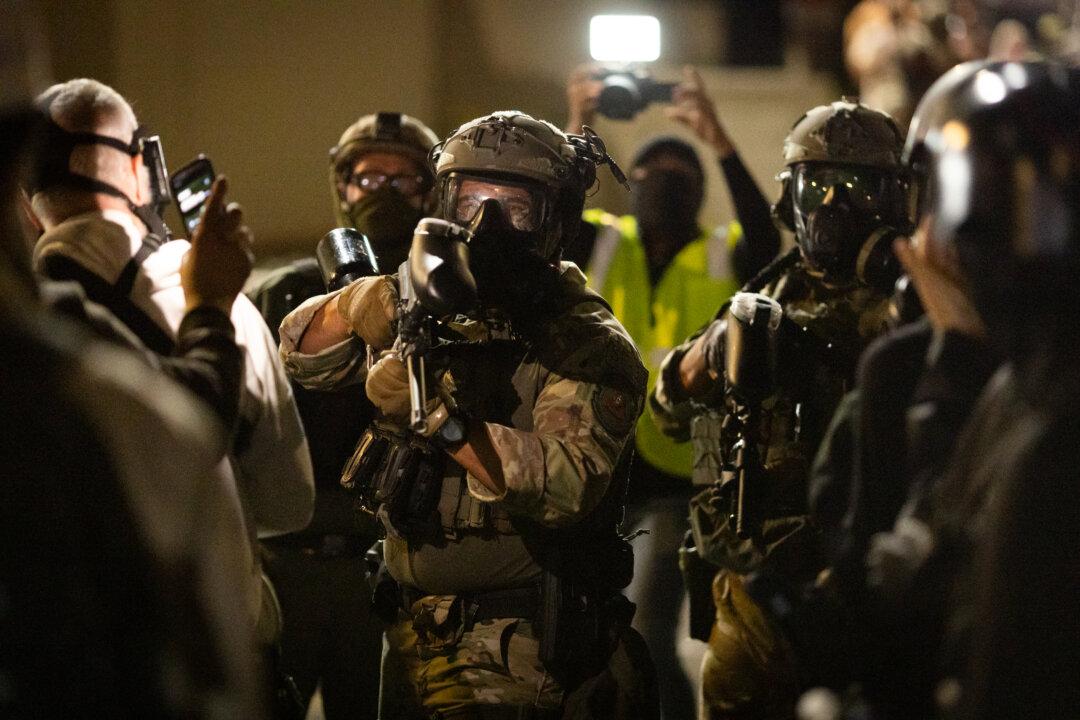As Shem, 7, sat with an audiologist in Amman, Jordan, her father closely analyzed a pipe-like medical instrument going into her ear canal to test and activate her new hearing aid.
Once the power button was pressed and sound waves were activated, Shem’s eyes expanded with happiness as she was finally able to hear for the first time.




